While it might not be quite as revered as its predecessor, the Game Boy Advance is arguably the peak of “classic” handheld gaming, before things got all 3D and dual screen on us. One of its best features is the so-called multiboot mode, which allows the GBA to download a program from its link port. Officially this feature was introduced so you could play multiplayer with your friends even if they didn’t have the game cartridge, but naturally it didn’t take long for hackers to realize you can use it to run arbitrary code on an unmodified system.
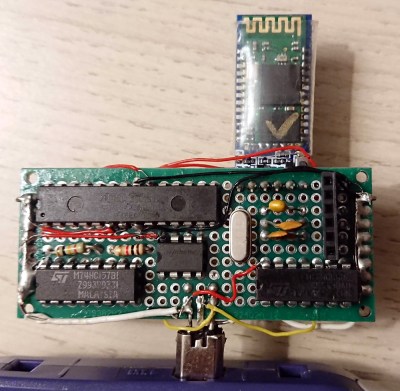 [Shyri Villar] has put this capability to excellent use with a plug-in board that allows a stock GBA to be used as a general purpose Bluetooth HID controller. Now you can emulate GBA games on your computer while using the real thing as your input device. Or if that’s a bit too redundant for you, then any 2D game you think could benefit from the classic Game Boy control layout.
[Shyri Villar] has put this capability to excellent use with a plug-in board that allows a stock GBA to be used as a general purpose Bluetooth HID controller. Now you can emulate GBA games on your computer while using the real thing as your input device. Or if that’s a bit too redundant for you, then any 2D game you think could benefit from the classic Game Boy control layout.
An ATmega328P on the board initiates the multiboot sequence when the system powers up, and feeds it the GBA program that’s stored on a W25Q32 chip. Once the code is running on the GBA, it communicates with a common HC-05 Bluetooth module through the same link port. To perform this handoff, [Shyri] uses a HCF4066 switch IC to literally change the pin assignments in the connector from the SPI used to upload the ROM to the UART lines of the Bluetooth module.
With everything powered from the 3.3 V provided by the GBA’s link port, and some software niceties like the ability to store Bluetooth pairing information for subsequent device connections, this is actually a very practical gadget. The fact that you can do this on a completely stock GBA is very compelling, especially considering some of the previous Bluetooth Game Boy modifications we’ve seen. Granted the market might be somewhat limited, but with a custom PCB and a 3D printed enclosure, we could see this potentially being a popular accessory for the classic handheld. It’s not like it can be any more niche than using the GBA as a remote display for your multimeter.

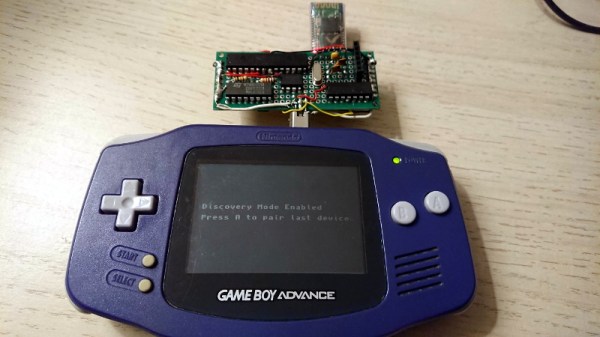
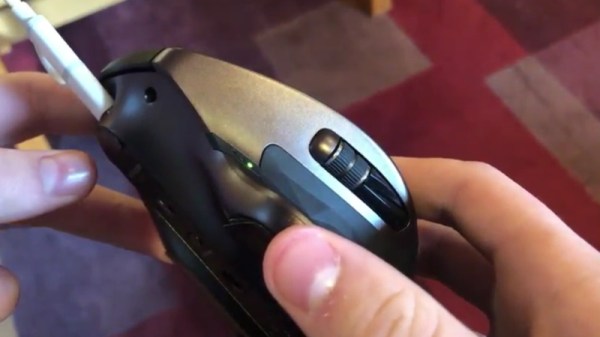


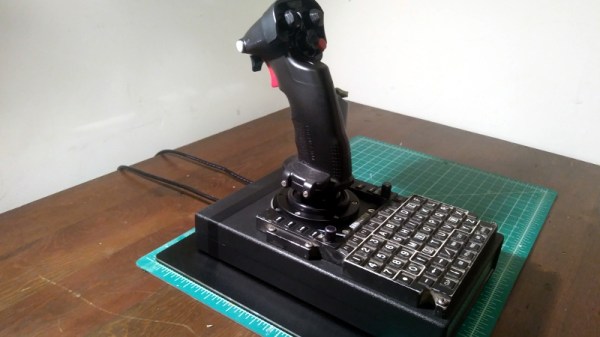
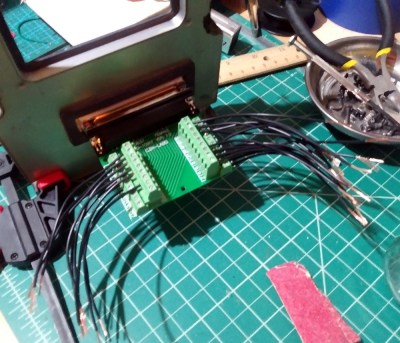
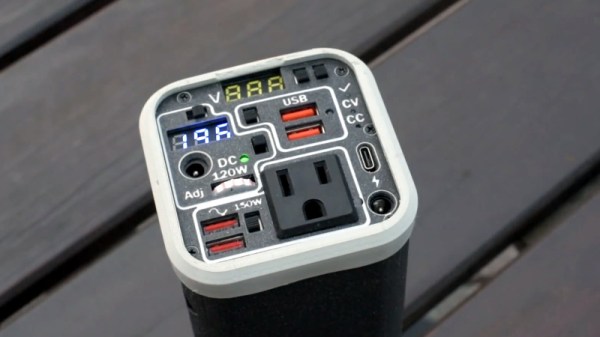
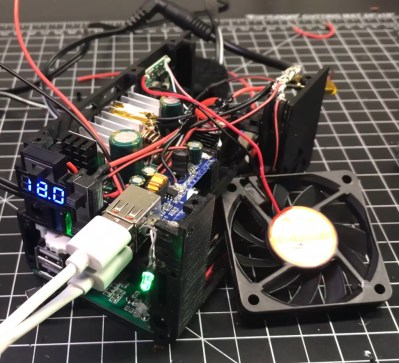
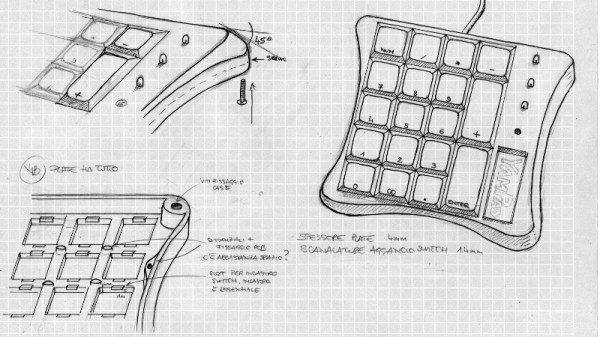
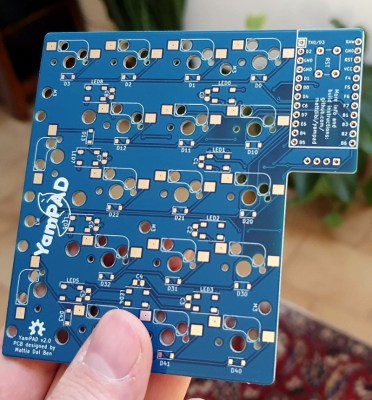



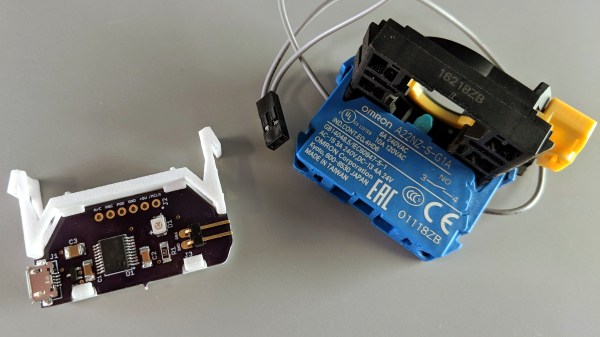
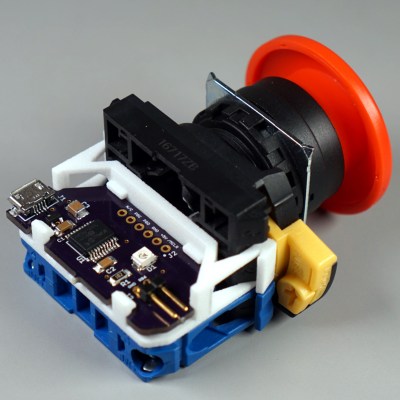 It turns out that industrial push buttons have standardized components which can be assembled in an almost LEGO-like manner, with components mixed and matched to provide different switch actions, light indicators, and things of that nature. [Glen] decided to leverage this feature to make his custom PCB (the same design used in his
It turns out that industrial push buttons have standardized components which can be assembled in an almost LEGO-like manner, with components mixed and matched to provide different switch actions, light indicators, and things of that nature. [Glen] decided to leverage this feature to make his custom PCB (the same design used in his 










